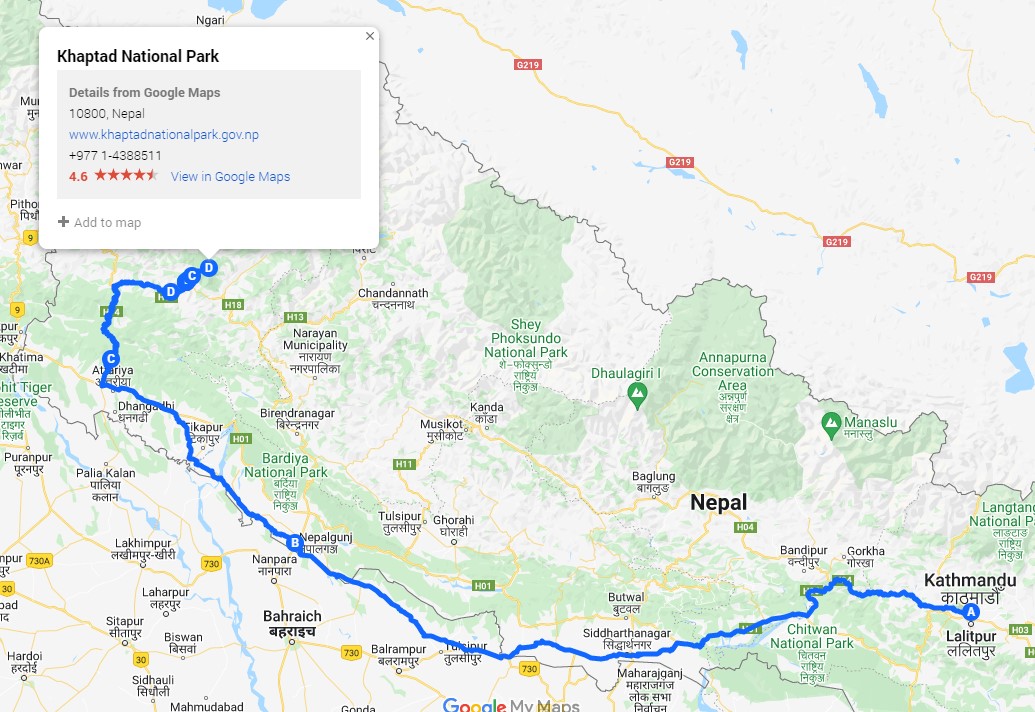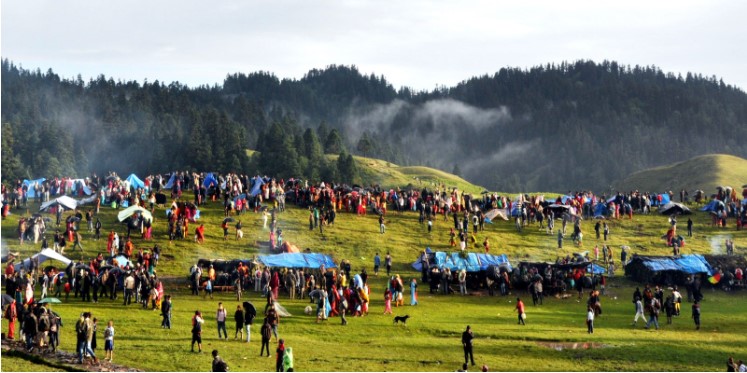
Khaptad National Park, established in 1984 in Nepal’s Far-Western Region, is a protected area. It covers an area of 225 km2 (87 sq mi) and has elevations ranging from 1,400 m (4,600 ft) to 3,300 m. It is divided into four districts: Bajhang, Bajura, Achham, and Doti (10,800 ft).
Highlights
- A wonderful experience is trekking to the most remote Khaptad National Park, where Khaptad Baba meditated for 50 years.
- Popular activities in this bio-diverse area include bird watching, wild animals, medicinal herbs, and patents.
- Visit Sacred Triveni Dham for a spectacular view of Mt. Saipal (7,031 m).
- Take in the Tharu people and culture of the Far Western Region.
- Visit the Ancient Villages of the Far Western Region.
- Take advantage of Nepalese cuisine and hospitality.
Overview
Khaptad National Park Tour provides one of Nepal’s non-touristic wilderness national park experiences, which is visited by a small number of tourists. The park covers an area of 225 square kilometers. One of the main attractions of Khaptad is the Khaptad National Park, which was established in 1984 in Nepal’s far western region. It is surrounded by lovely oak and rhododendron forests. This national park, located at a height of 12 thousand feet above sea level, is home to bears, leopards, common langurs, musk deer, 260 species of birds, 500 types of herbs, and a diverse range of flora and fauna.
The Khaptad region is known as Nepal’s ground-heaven. Khaptad area is known for its natural beauty and biological diversity and can be reached via the Doti, Achham, Bajang, and Bajura Districts of Nepal. It is easier to get to Khaptad from Bajhang and Doti Districts. In addition to its natural beauty, the Khaptad National Park is a well-known religious destination because it is the home of Hindu guru “Khaptad Swami” or “Khaptad Baba,” a renounced hermit. Khaptad Baba spent many years here and discovered many healing herbal plants. He meditated in the Khaptad area for a long time and set aside a five-kilometer area for meditation and tranquillity.
Tourists are drawn to Khaptad Lake and the breathtaking views of the Api and Saipal Himal ranges. The largest carnival, known as the Ganga Dashahara Carnival, takes place in Khaptad on 14 Jestha of Nepali month, which falls in the last week of May. The carnival provides tourists with an excellent opportunity to learn about far western culture and lifestyle. Butchering, alcohol, and tobacco are all prohibited in his neighborhood.
Note* (Contact us for Price)
Want to know more?
| Viber/WhatsApp | 9864014537 |
| Kathmandu office | 01-4439962, 01-4439963 |
Trip Itinerary Brief
This is our standard route. It can be customized or slightly changed based on your pace and trekking habits, which may cause a change in your day-to-day plan.
| Day | Highlights | Overnight |
| Day 1 | Kathmandu – Buditola (198m) | Buditola |
| Day 2 | Drive Buditola to Silgadhi (1330m) – 6 hrs drive. | Silgadhi |
| Day 3 | Trek to Jhigrana (2300m) – 7 hrs walk | Jhigrana |
| Day 4 | Trek to Bukipani (3080m) – 6 / 7 hrs walk | Bukipani |
| Day 5 | Trek to Khaptad (3010m) – 2 hrs walk | Khaptad |
| Day 6 | Explore Khaptad National Park and stay overnight | Khaptad |
| Day 7 | Trek back to Jhigrana – 7 hrs walk | Jhigrana |
| Day 8 | Drive to Silgadhi and stay overnight | Silgadhi |
| Day 9 | Drive from Silgadi to Dhangadhi, Driving Duration: 7/8 hours | Dhangadhi |
| Day 10 | Drive or fly back to Kathmandu – 1 hr 20 minutes flight, 22 hrs Kathmandu | Kathmandu |
Detailed Itinerary
DAY 1: Kathmandu To Buditola (198m)
The first day of our journey begins with a scenic flight from Kathmandu to Nepalgunj, which takes approximately one hour. Arrive in Nepalgunj and drive to Buditola along the Karnali River, Nepal’s longest river. After a four-hour drive from Nepalgunj, we arrive in Buditola, where we will spend the night.
DAY 2: Drive Buditola to Silgadhi (1330m) – 6 hrs drive.
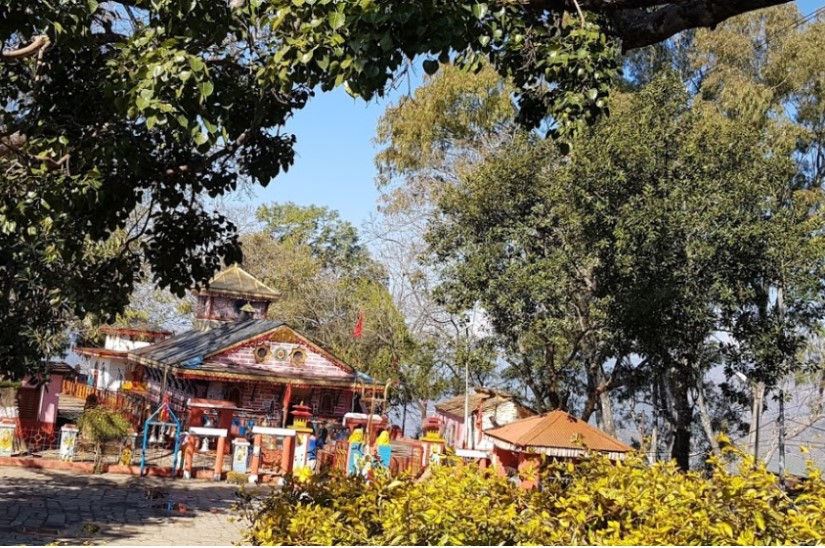
After breakfast, we travel to Silgadhi, a well-known city in the region. The six-hour drive takes you to Silgadhi, And to Explore the Shaileshwari Temple. where we will spend the night.
DAY 3: Trek to Jhigrana (2300m) – 7 hrs walk
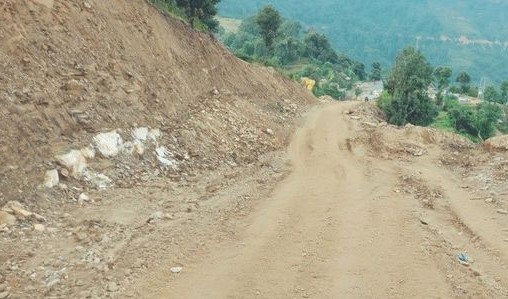
We begin our trek from Silgadhi to Jhigrana via Baglek on the third day (2160m). After breakfast, we hike for about three and a half hours to Baglek, where we will stop for lunch. The trek to Jhigrana takes about 3-12 hours after lunch. Overnight in Jhigrana.
DAY 4: Trek to Bukipani (3080m) – 6 / 7 hrs walk

We started our trek from Jhigrana and walked for four hours to reach Bichpani Dharmasala (3020m). After lunch in Bichpani, we walk for two and a half hours to Bukipani, where we will spend the night.
DAY 5: Trek to Khaptad (3010m) – 2 hrs walk
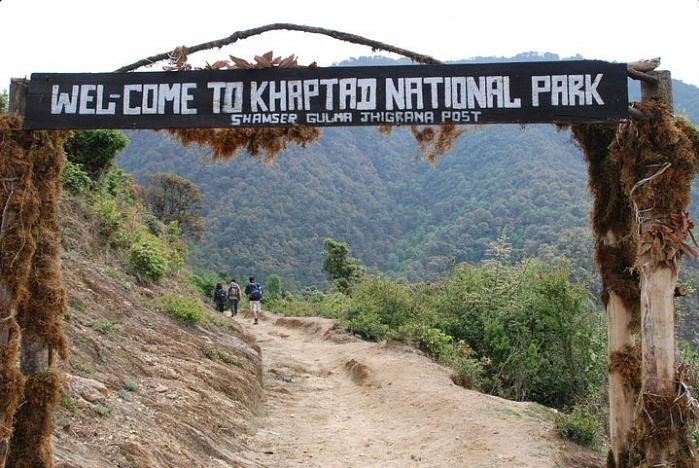
This is the shortest day of our journey. We’ll walk for two hours after breakfast to get to Khaptad. We will have lunch and then visit Khaptad, including Khaptad Baba’s Ashram and Triveni. This region is also well known as the birthplace of “Khaptad Baba“, a great master of society who practiced religious and social philosophy. Spend the night in Khaptad.
DAY 6: Explore Khaptad National Park and stay overnight

Today we will visit Khaptad National Park. Our itinerary will include stops at the Museum, Khaptad Danda, Patan, and the Tower. The “Khaptad National Park,” which was established in 1984, has an extraordinary ecosystem with a wide range of vegetation ranging from subtropical forests in the lower altitudes to temperate forests on the Khaptad plateau. The National Park has a diverse range of flora and fauna, including oak and rhododendron in the higher elevations. There are over 224 species of medical herbs, approximately 11% of Nepal’s flowering plants, 270 species of birds, and various species of animals. Spend the night in Khaptad.
DAY 7: Trek back to Jhigrana – 7 hrs walk
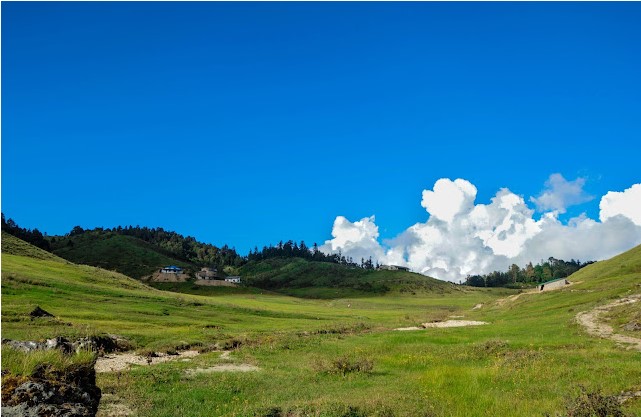
We will retrace our steps back to Jhigrana along the same trail. Trek for four hours from Khaptad to Bichpani, then to Jhigrana. Overnight in Jhigrana.
DAY 8: Drive to Silgadhi and stay overnight
We resume our journey to Salgado. For a change, we take the Uditola track to Salgadi.
DAY 9: Drive from Silgadi to Dhangadhi, Driving Duration: 7/8 hours
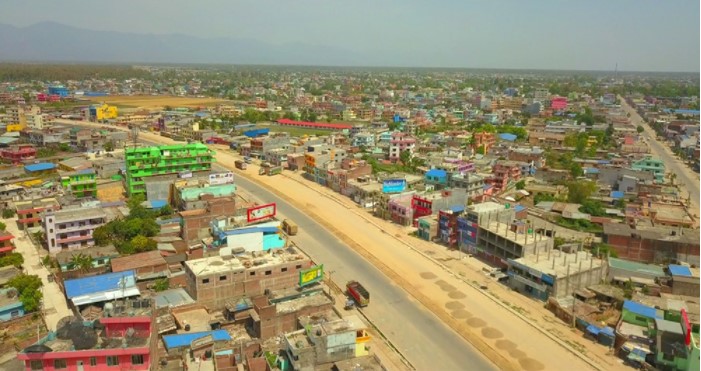
We’ll leave this morning for Dhangadhi, arriving in the evening after a 7-hour drive. Along the way, you can enjoy the beautiful scenery and breathtaking views of the Himalayas.
DAY 10: Drive or fly back to Kathmandu – 1 hr 20 minutes flight, 22 hrs
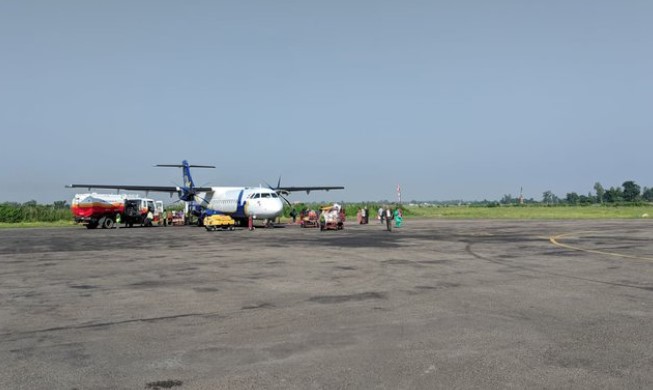
On the final day of our journey, we return to Kathmandu’s hustle and bustle. There are two ways to get to Kathmandu. You can take a flight from Dhangadi to Kathmandu, which takes about 50 minutes, whereas driving takes 20 hours. Transfer to the hotel upon arrival. Stay in Kathmandu for the night.
Include
- Ground transportation as specified in the itinerary Guides / Assistance / Driver Meals: (Breakfast, Lunch, and Dinner)
- Permits for Trekking are required.
- All local government taxes and VAT are included.
Excluded
- Pre/post-tour accommodation
- Charges for additional water bottles
- Medicines are required if there is insurance.
- Tips for guiding and coaching drivers
- Are there any optional tours?
- Bills for alcoholic beverages
Khaptad Trek Difficulty
The Khaptad National Park Trek is a strenuous hike. Although the routes are not difficult or demanding in terms of technical climbs, they do require 5-6 hours of walking per day. As a result, you must be enthusiastic and in good physical condition. Trekking to higher altitudes requires average physical fitness, a positive attitude, and tenacity. Although prior hiking or trekking experience is preferred, it is not required to participate in Khaptad National Park Trekking.
Map
